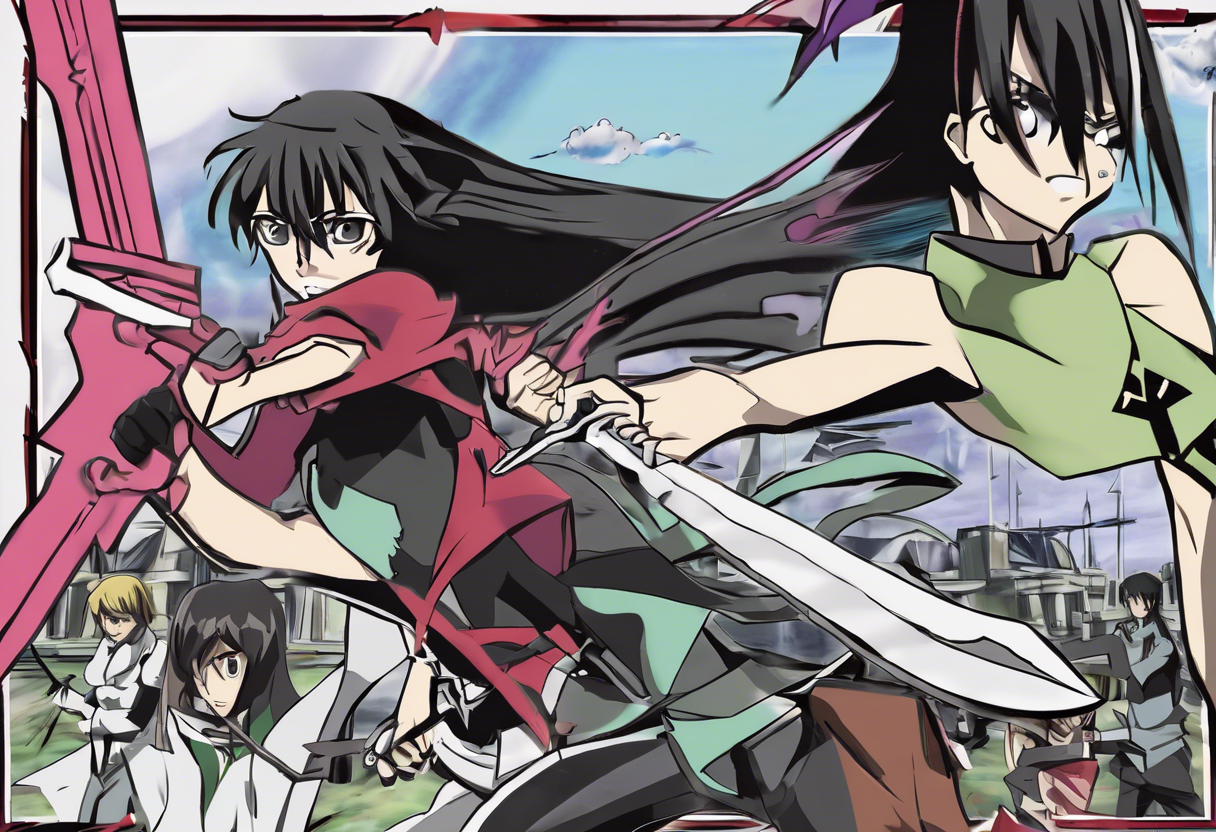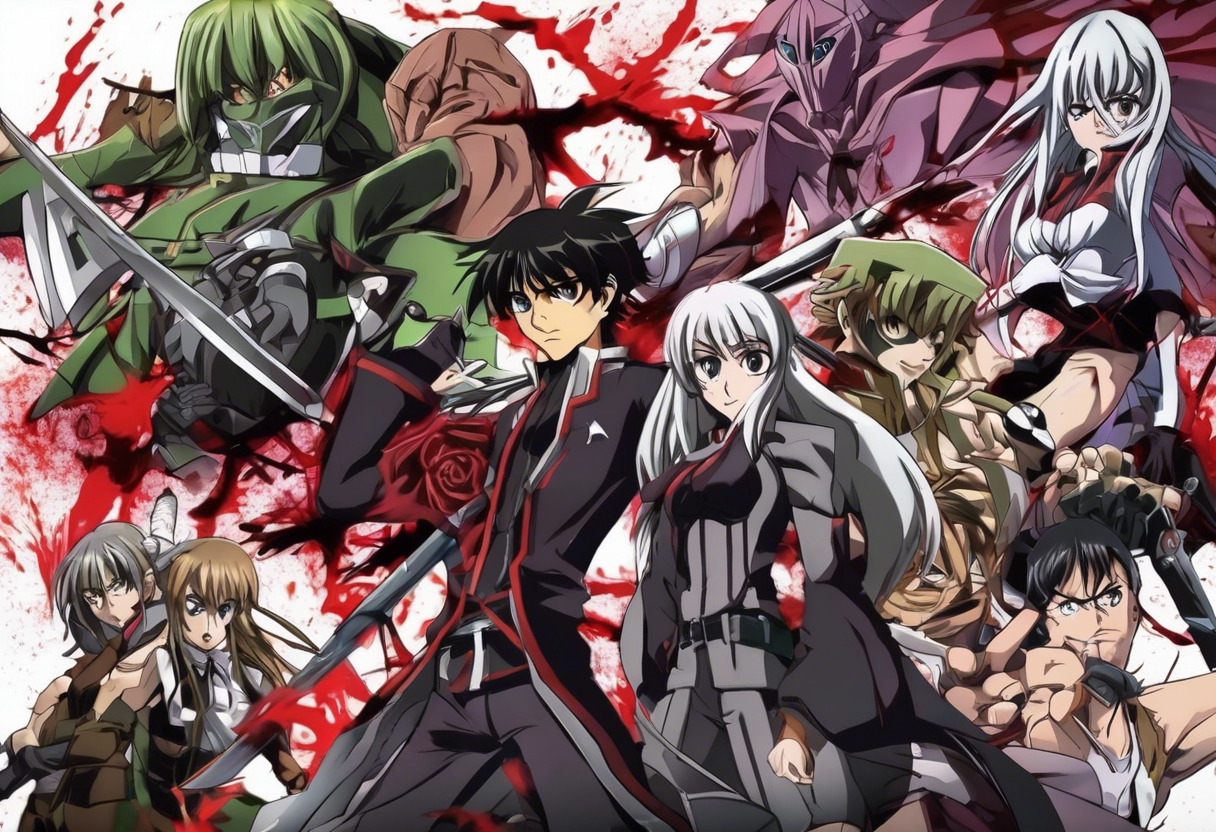Contents
Akame ga Kill – Episode 14: Kill the Religion
Introduction
Akame ga Kill Episode 14, titled "Kill the Religion" (Japanese: 教団を斬る), is a pivotal installment in the anime series that aired on October 13, 2014. This episode is part of the larger narrative of Akame ga Kill!, a dark fantasy anime adapted from the manga of the same name by Takahiro and Tetsuya Tashiro. The episode was directed by Tomoki Kobayashi, with the script written by Makoto Uezu, and produced by White Fox.
What sets "Kill the Religion" apart is its intricate plot, character development, and the way it weaves together multiple narrative arcs. This episode is significant not only for its action-packed sequences but also for its deep dive into the characters’ backstories and the broader themes of the series.
Plot Summary
The episode begins with Najenda, the leader of Night Raid, convening a strategy meeting to discuss their next move against the Empire. The focus is on exploiting the uprising caused by Path of Peace, a pacifist religious organization. Night Raid’s mission is to assassinate Bolic, the assistant to the leader of Path of Peace, who has been drugging members of the organization to control them and prevent an insurrection against the Empire.
Before embarking on their mission, the members of Night Raid take a brief respite to enjoy a day at the beach. This interlude provides a rare moment of levity in an otherwise dark series, highlighting the camaraderie and humanity of the characters despite their dire circumstances.
Meanwhile, the Jaegers, the Empire’s elite assassins, split into two teams. Esdeath, Seryu, and Run head east, while Wave, Kurome, and Bols head south. This division sets the stage for a confrontation between Night Raid and the Jaegers.
In the south, Night Raid encounters Wave, Kurome, and Bols at a canyon. Kurome uses her Imperial Arms, Yatsufusa, a katana that can turn its victims into zombies. This battle is intense and showcases the unique abilities of each character’s Imperial Arms.
The central conflict of the episode revolves around Night Raid’s mission to eliminate Bolic and disrupt the Empire’s control over Path of Peace. However, this mission is complicated by the Jaegers’ interference and the internal struggles within Path of Peace itself.
As the story unfolds, it becomes clear that Bolic’s actions are not just about control but also about exploiting the vulnerable for his own gain. Night Raid’s mission is not only to kill Bolic but also to free the members of Path of Peace from his manipulation.
The episode also delves into Esdeath’s backstory, revealing her upbringing in a tribe where the weak are culled. This harsh environment shaped her into the formidable warrior she is today, but it also hints at deeper emotional scars and a complex moral compass[2][5].
The confrontation between Night Raid and the Jaegers is multifaceted, involving both physical battles and psychological warfare. Wave’s character, in particular, undergoes significant development as he grapples with his loyalty to the Empire and his growing sense of morality.
The episode concludes with Night Raid successfully completing their mission but not without significant challenges and losses. The aftermath sets the stage for further conflicts and character arcs, particularly as the Jaegers regroup and reassess their strategies.
Themes and Symbolism
"Kill the Religion" explores several central themes that are pivotal to the series. One of the most prominent themes is the exploitation of power and the manipulation of the weak by those in authority. Bolic’s actions serve as a microcosm of the larger corruption within the Empire, highlighting how those in power often use coercion and deception to maintain control.
Another significant theme is the moral ambiguity of the characters. Esdeath, despite her brutal nature, is shown to have a complex past that influences her actions. Similarly, Wave’s character arc in this episode underscores the struggle between loyalty and morality, making him a more nuanced and relatable character.
The use of Imperial Arms as symbolic elements adds depth to the narrative. These arms, which are both powerful tools and curses, represent the dual nature of power and the consequences of wielding it. Kurome’s Yatsufusa, for example, symbolizes the destructive power that can be unleashed when one seeks to control others through fear and manipulation.
The beach scene, though brief, serves as a symbolic respite for the characters, highlighting the fleeting nature of peace in a world filled with violence and conflict. It also underscores the human need for connection and joy, even in the darkest of times.
Cultural Impact
"Kill the Religion" had a significant impact on the anime community upon its release. The episode’s blend of action, drama, and character development resonated with audiences, making it a standout in the series. The episode’s themes of power, morality, and the human condition contributed to its cultural significance, sparking discussions and debates among fans.
The influence of this episode can be seen in other anime series that have followed, particularly those in the dark fantasy genre. The use of complex characters, moral ambiguity, and the exploration of deeper themes have become hallmarks of many modern anime series.
Critical Reception
"Kill the Religion" received positive reviews from critics and audiences alike. The episode was praised for its engaging storyline, well-developed characters, and the emotional depth it brought to the series. Critics noted the episode’s ability to balance action and drama effectively, making it a compelling watch.
However, some critics pointed out that the pacing could be uneven at times, and the sheer amount of plot threads being woven together could be overwhelming. Despite these minor criticisms, the episode was generally well-received for its contribution to the overall narrative of Akame ga Kill!.
Legacy
"Kill the Religion" remains a significant episode in the Akame ga Kill series, contributing to its enduring legacy. The episode’s exploration of complex themes and its character-driven narrative have made it a favorite among fans and a benchmark for future anime series.
The episode continues to inspire filmmakers and artists with its unique blend of action, drama, and deep character development. Its influence can be seen in many aspects of modern anime, from character design to storytelling techniques.
In conclusion, "Kill the Religion" is a pivotal episode in Akame ga Kill that stands out for its intricate plot, character development, and thematic depth. It continues to be a compelling watch for both new and veteran fans of the series.







